National Assembly Chairman Tran Thanh Man assessed this session as "more historic than ever," not only because of the enormous workload, but also because of its particularly important significance in summarizing the term, deciding on major national issues, and laying the foundation for a new phase of development.
Among the 66 items, including 49 draft laws expected to be considered and decided upon, investors and construction businesses are paying particular attention to two key draft laws: the Investment Law (replacement), the Planning Law (amended), and the Submission on adjusting the National Master Plan for the period 2021-2030, with a vision to 2050.
With a strong emphasis on decentralization and expanding investment opportunities, the (replaced) Investment Law is expected to remove institutional obstacles and reduce and simplify administrative procedures.
This will contribute to creating a more open and favorable investment and business environment for people and businesses.
The draft law also refines the system of regulations on conditional investment and business sectors, cuts down on unnecessary areas, and promotes decentralization of management between the central and local governments. The goal is to improve the effectiveness and efficiency of state management, promptly address practical issues, and remove long-standing institutional bottlenecks.
From another perspective, the amended Planning Law is seen as a tool for creating national development space in the new era. The draft law aims to build a unified, synchronized, and modern legal framework, helping planning truly become an effective tool of the State in formulating socio -economic development, allocating resources, and organizing territorial space.
In the latest draft, the Government proposes a comprehensive revision of the Planning Law to simplify procedures, reduce administrative formalities by at least 30%, and strengthen decentralization and delegation of authority in the planning and approval process, in line with the new administrative model after restructuring.
Specifically, the draft law clearly defines the authority at each planning level. Accordingly, the National Assembly decides on the National Master Plan; the Prime Minister approves the National Marine Spatial Plan, the National Land Use Plan, and regional plans; ministers approve sectoral plans; and the Chairman of the Provincial People's Committee approves provincial plans. Urban and rural planning, however, will continue to be governed by specialized laws.
This is considered an important step forward, helping to accelerate the process of adjusting national, sectoral, and regional plans, especially after the completion of the reorganization of provinces and cities.
For example, in the field of transportation infrastructure, the merger of administrative boundaries has resulted in many expressways that were originally planned to connect inter-provincial areas now becoming intra-provincial routes, opening up investment opportunities sooner than planned after 2030.
Many large infrastructure projects will be activated immediately after the amended Planning Law is promulgated, creating job opportunities, facilitating faster connections between economic and administrative centers and key production areas, thereby creating new development spaces and strong growth drivers for localities.
Amidst the hectic workload of this "historic" parliamentary session, voters, the business community, and investors all expect the National Assembly to discuss, consider, and pass these two important draft laws with the highest quality. This is not only a significant step in perfecting the institutional framework and improving the investment environment, but also a strategic move to expand development space, create new growth drivers for the country, and move towards a prosperous Vietnam.
Source: https://baodautu.vn/co-hoi-moi-voi-du-an-ha-tang-quy-mo-lon-d415492.html







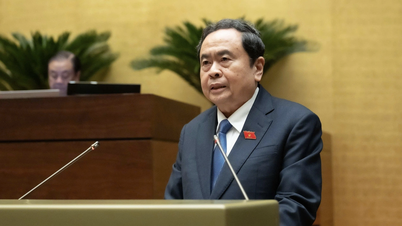

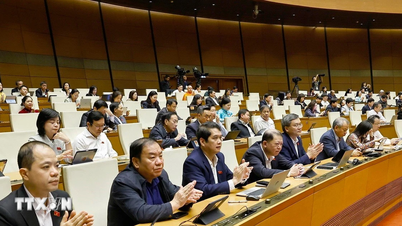

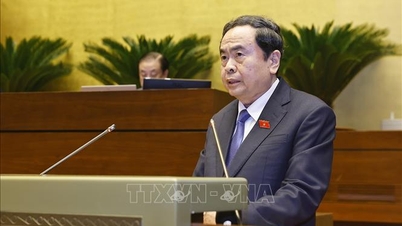

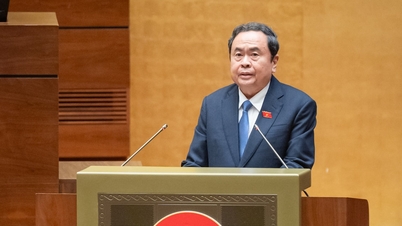



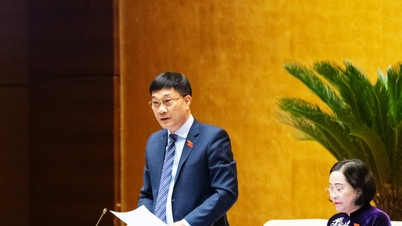





































































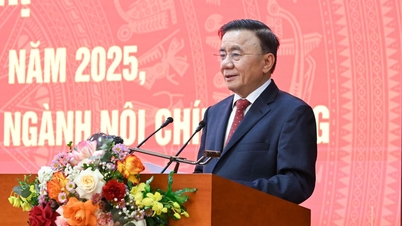











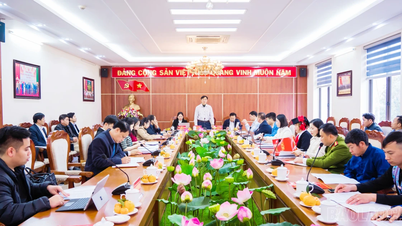













Comment (0)